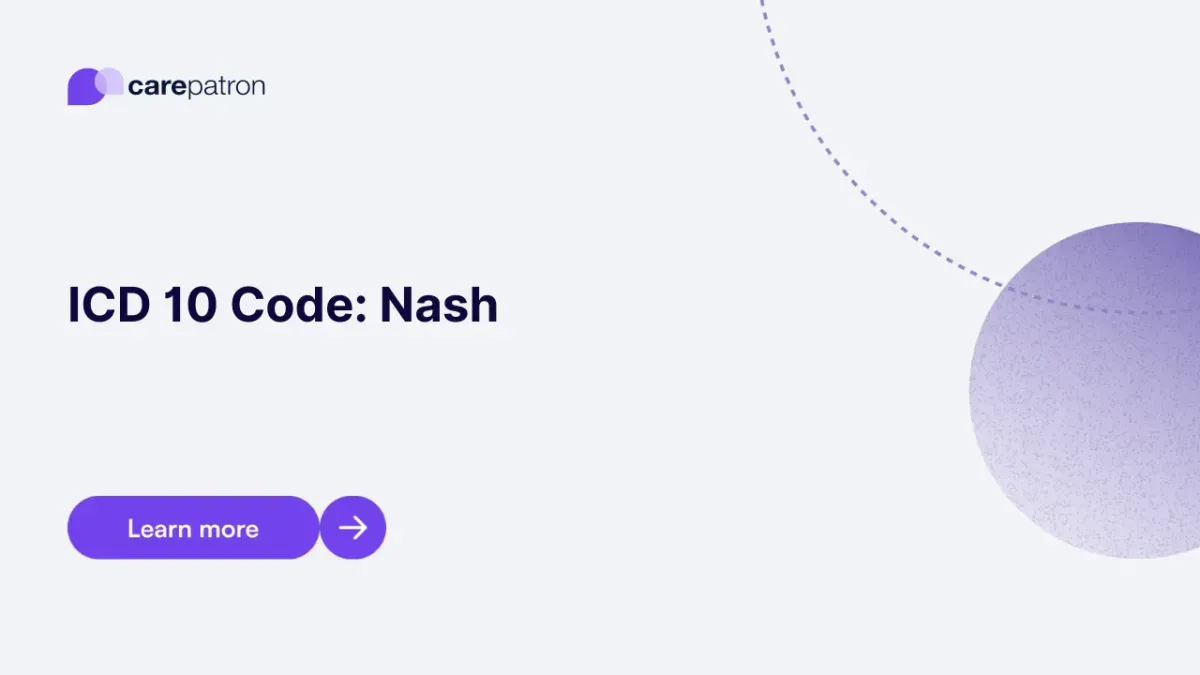
Nash ICD-10-CM Codes
Explore ICD-10-CM codes for Nonalcoholic Steatohepatitis (NASH). Learn about common codes, billable statuses, and gain clinical insights in this guide.
Use Code
Commonly asked questions
Common symptoms of NASH include fatigue, abdominal discomfort, and an enlarged liver. However, many individuals with NASH may not have noticeable symptoms until the disease progresses.
Treatment for NASH involves lifestyle changes such as weight loss, a healthy diet, exercise, and managing underlying conditions like diabetes and high cholesterol. In some cases, medications may be prescribed.
Yes, NASH can progress to cirrhosis, which is advanced liver scarring. Regular medical evaluation and lifestyle changes are crucial to prevent this progression.
EHR and practice management software
Get started for free
*No credit card required
Free
$0/usd
Unlimited clients
Telehealth
1GB of storage
Client portal text
Automated billing and online payments
